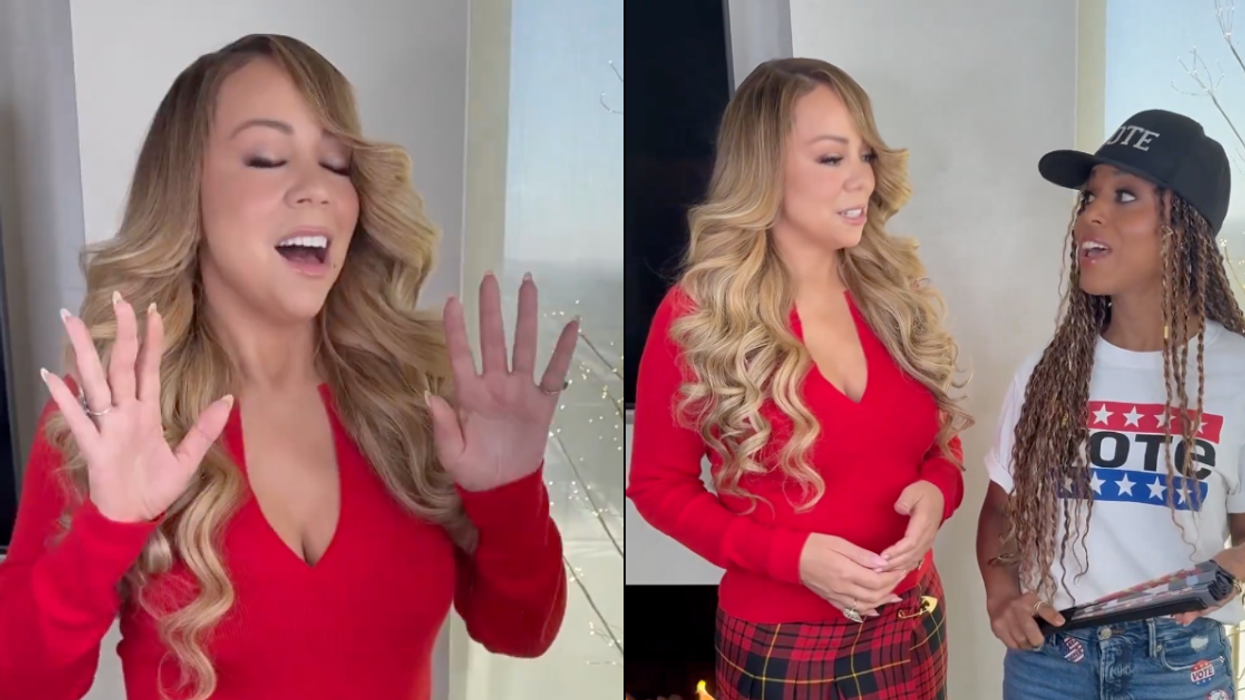When it finally arrives, it seems Jurassic World 3 may be able to add a new dinosaur to its roster: the Lingwulong shenqi. The new dinosaur's name, which literally means "The Amazing Dragon of Lingwu," was decided on in a fairly practical way by the researchers who discovered it:
Lingwu, after the region where the specimens were found; long, the Mandarin Chinese for 'dragon'; and shenqi, the Mandarin Chinese for 'amazing', reflecting the unexpected discovery of a dicraeosaurid in the Middle Jurassic of China.
The lingwulong shenqi appears to be a member of the diplodocid family. For those of us who aren't diplodoc-heads, that means the new dinosaur is a sauropod, or long-necked dinosaur, like the brachiosaurus or brontosaurus. However, compared to its closest relative, the diplodocus, the shenqi has a shorter neck and "a series of sharp spines protruding from their vertebrae."
The shenqi fossils are dated around 174 million years old, making them the oldest sauropod fossils of their kind. They're so old, in fact, they challenge many preconceptions of how dinosaurs evolved before Pangea split apart. Previously, scientists believed sauropods were able to flourish beginning much later—as recently as 163 million years ago!
Philip Mannion, a study author and paleontologist at Imperial College London, spoke to Gizmodo about how these discoveries would alter our view of sauropods:
The discovery of Lingwulong pushes back the origination times of many of the groups of sauropod dinosaurs that we think of as most iconic, and challenges many conventional ideas about the early biogeographical history of dinosaurs.
To discover the new dinosaur, scientists had to combine findings from 7-10 "partial skeletons" recovered in four different Chinese dig sites.
John Whitlock, a paleontologist at Mount Aloysius College, however, is skeptical the new dinosaur is actually that revelatory. Though he concedes it bears a resemblance to the diplodocus and other neosauropods of the late Jurassic period, he thinks it could be a closer relative to well-known sauropods of the mid-Jurassic period like the "Mamenchisaurus or Omeisaurus."
Though it's impossible to be sure, Mannion also offered some theories as to how the dinosaur behaved based on its bones and similarities to previously studied dinosaurs:
It wouldn't have been too dissimilar to other sauropods, although the group Lingwulong belonged to had slightly shorter necks than other sauropods.They probably moved around fairly slowly most of the time, in small herds, and ate quite a lot.
In that way at least, the Lingwulong shenqi and I are not so different.
H/T - Gizmodo,
















 @coyleray/Instagram
@coyleray/Instagram